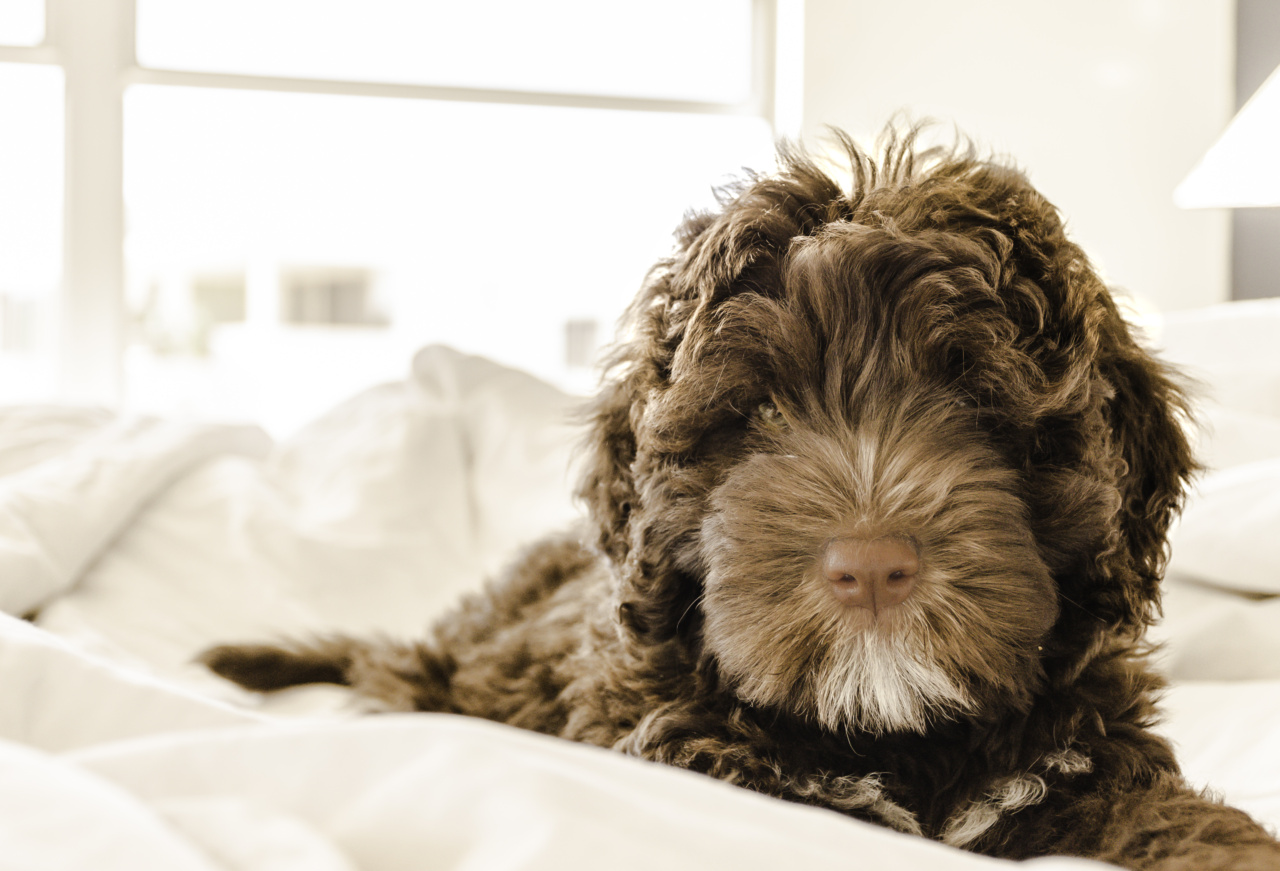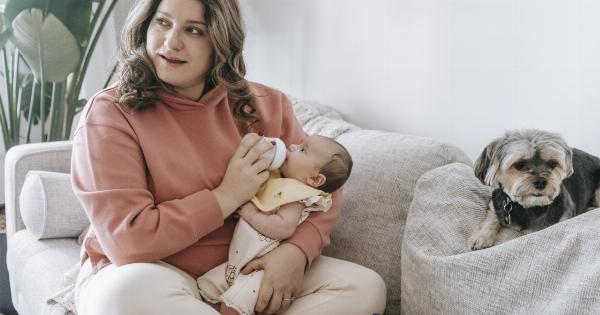Bringing a baby into your home is an exciting and joyous occasion, but it can also be a significant adjustment for your furry friend. Dogs are pack animals and can become overwhelmed or stressed when there is a new addition to the family.
However, with the right approach, patience, and training, you can help your dog coexist harmoniously with your baby. In this article, we will discuss some effective strategies to ensure a smooth transition for both your dog and your new bundle of joy.
1. Gradual Introduction
Before the baby arrives, it is essential to gradually introduce your dog to the new smells, sounds, and routines that come with having a baby at home. Let your dog sniff and investigate the baby’s nursery while you play recordings of baby noises.
Reward your dog for calm and positive behavior during these initial introductions.
2. Maintain a Routine
Dogs thrive on routine, so it is crucial to establish and maintain a consistent schedule even after the baby arrives. This will help your dog feel secure and reduce any anxiety caused by changes in their environment.
Ensure that your dog’s feeding, walking, and playtime routines remain consistent.
3. Create Safe Spaces
It is essential to create safe spaces for your dog where they can retreat and relax when they feel overwhelmed. Designate a quiet corner or room in your home as their special area, complete with a comfortable bed, toys, and water.
Encourage your dog to use this space and teach your baby to respect it as well.
4. Positive Reinforcement
Use positive reinforcement techniques to encourage your dog to associate the presence of the baby with positive experiences. Reward your dog with treats, praise, and affection when they display calm behavior around the baby.
This will help create a positive association and build trust between your dog and the baby.
5. Supervise Interactions
Always supervise interactions between your dog and the baby. Never leave them alone together, especially during the initial stages. Use gates, playpens, or baby-proofed spaces to separate your dog from the baby when direct supervision is not possible.
6. Gradual Exposure
Gradually expose your dog to the sounds and movements of a baby. Start by playing recordings of baby noises at a low volume and gradually increase the volume over time.
Use a doll or a lifelike baby simulator to help your dog become familiar with the gentle movements and handling that a baby may do.
7. Maintain Exercise and Mental Stimulation
A tired dog is a well-behaved dog. Make sure to continue providing your dog with regular exercise and mental stimulation, even with the demands of a newborn.
Take your dog for walks, engage in interactive play sessions, and provide puzzle toys or food-dispensing toys to keep their minds occupied.
8. Teach Boundaries
Teaching your dog boundaries is crucial to ensure the safety of your baby.
Use commands such as “leave it,” “stay,” and “go to your place” to establish clear boundaries for your dog around the baby’s belongings and areas. Consistently reinforce these boundaries through positive reinforcement training.
9. Never Punish
Avoid punishing your dog for any unwanted behavior around the baby. Instead, focus on redirecting and rewarding positive behavior. Punishment can create anxiety and fear, causing your dog to associate the baby with negative experiences.
10. Seek Professional Help if Needed
If you encounter significant challenges in helping your dog coexist with the baby, do not hesitate to seek the assistance of a professional dog trainer or animal behaviorist.
They can provide personalized guidance and support to address any specific issues you may be facing.





























